Blackened sheepskin handle filigreed with twisted brass wire. Strongly rounded "Hungarian" guard branch, joining the cruise at right angles and forming a quillon ending in a six-sided button. Very arched cap with long tail, hallmarked with the JC of Jean-Nicolas Cazamajou. The quillon bears the verification V of the Versailles factory, the Cazamajou hallmark, that of the Inspector, difficult to decipher (d'Andigné? Chapelle?) and the trace of the Versailles bar.
Curved blade with a hollow side, flat back and counter-edged. It is marked with the B surrounded by dots of Simon de Beaumaretz, Inspector in Klingenthal from 09/1803 to 06/1807 and the M of Jean-Jacques Mouton, 1st inspector from 07/1798 to 02/1809. The back is engraved Mfture Nale du Klingental (sic) Coulaux Frères Entreprs.
The wooden scabbard is sheathed in blackened leather and has two brass fittings connected together by splints, which are riveted to them. Each trim wears a domed bail bracelet lined with a bangle. The bail rings are made of iron, as well as the asymmetrical stinger. Cope and bouterolle are hallmarked with the JC of Jean-Nicolas Cazamajou.
This sword is in its juice. This is the rare primitive model, which the Consular Guard received on September 22, 1803. This saber saw action in all the campaigns of the Consulate and the Empire. It is therefore rare to find one that has reached us. Its manufacture can be dated to 1804 or 1805.














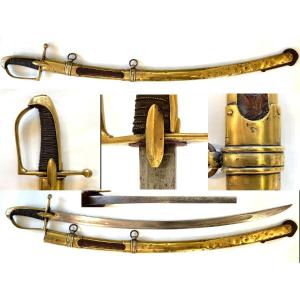












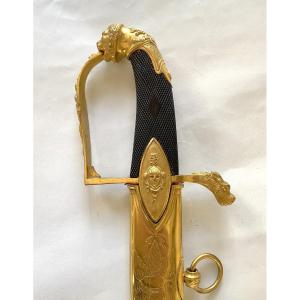





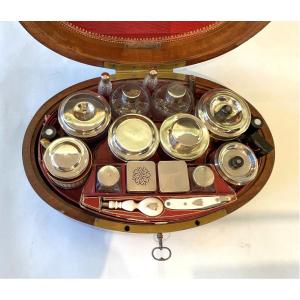
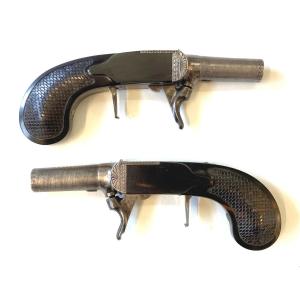




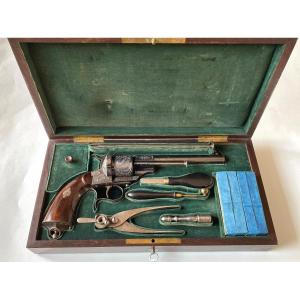
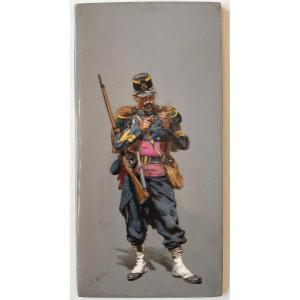



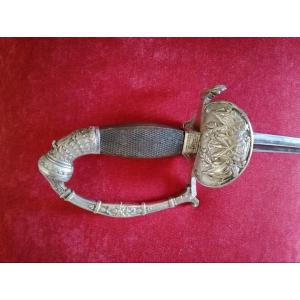





 Le Magazine de PROANTIC
Le Magazine de PROANTIC TRÉSORS Magazine
TRÉSORS Magazine Rivista Artiquariato
Rivista Artiquariato